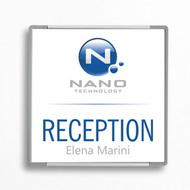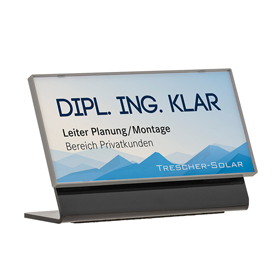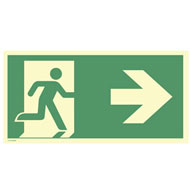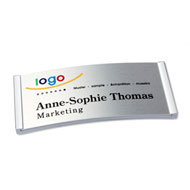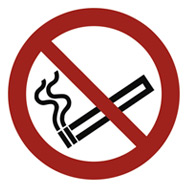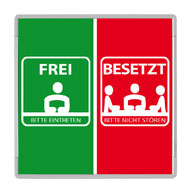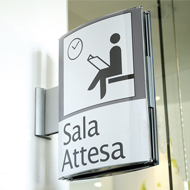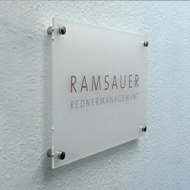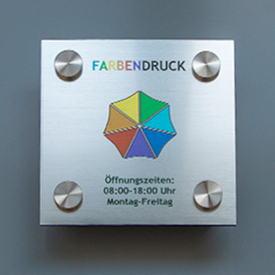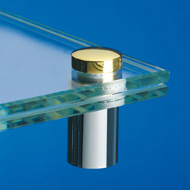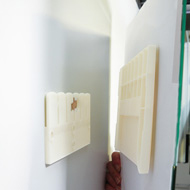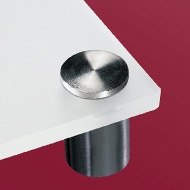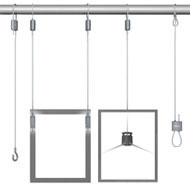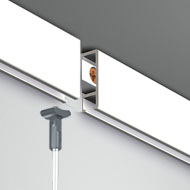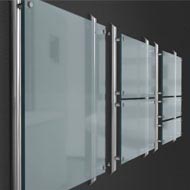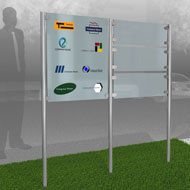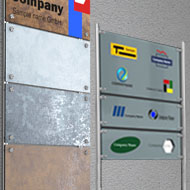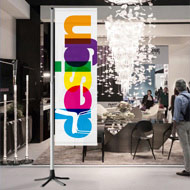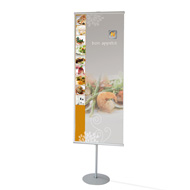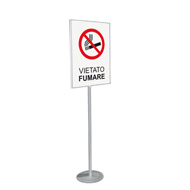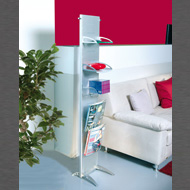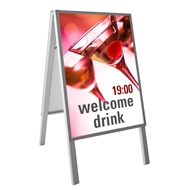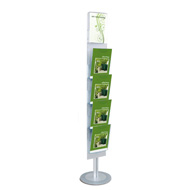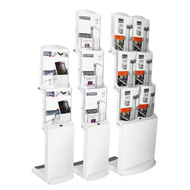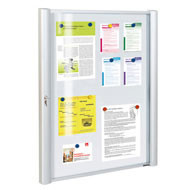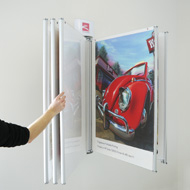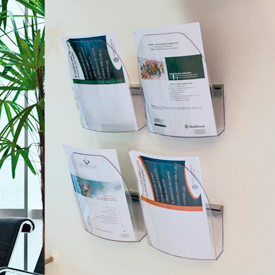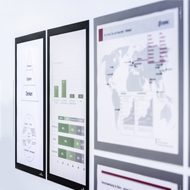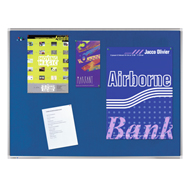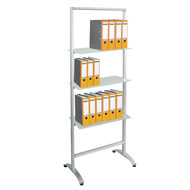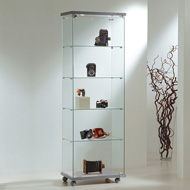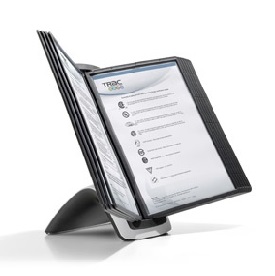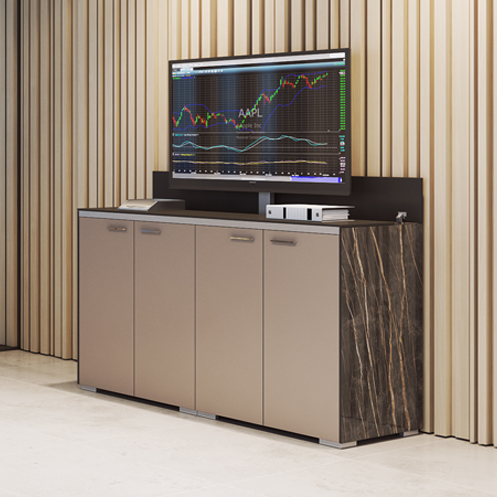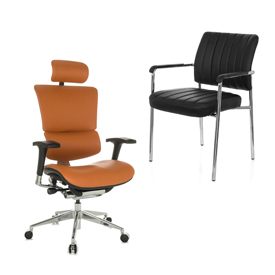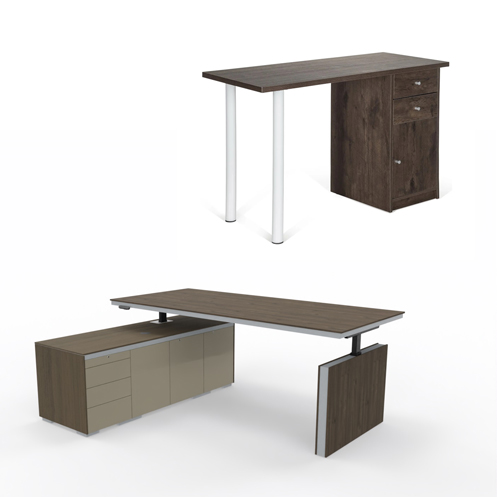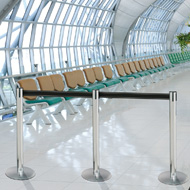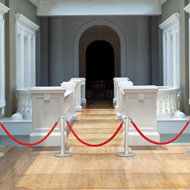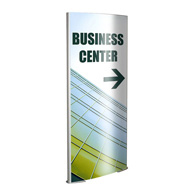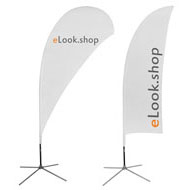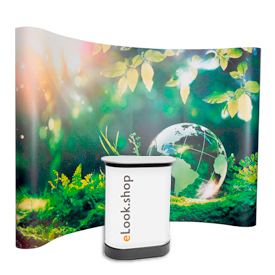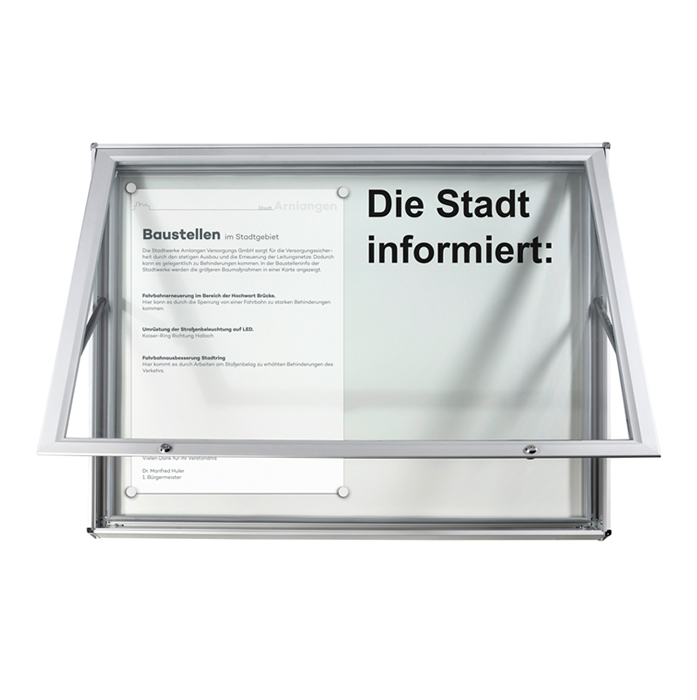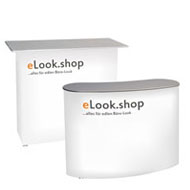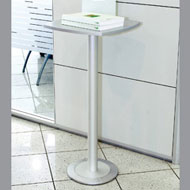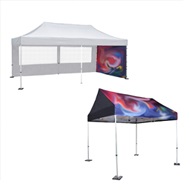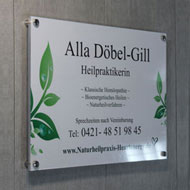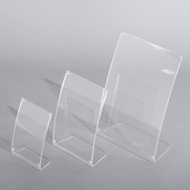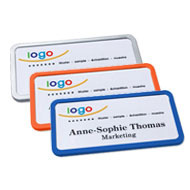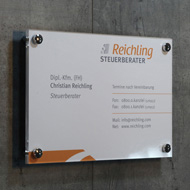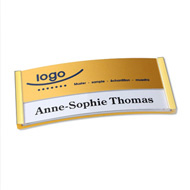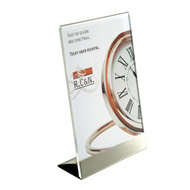Wall mounting of signs
Monday, October 15, 2018
How professional and classy a sign looks depends not only on its design. The type of attachment also makes a decisive contribution to its effect. Therefore, pay as much attention to how the sign is attached as to how the sign is made.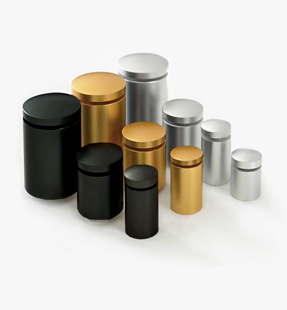
This sign attachment is ideal if the sign has a white or monochrome background and the lettering takes up a small part in relation to the sign size anyway. Another thing to keep in mind is that the holes in the sign are permanent and you cannot later use the sign for another mounting option.
Alternating hanging systems, on the other hand, do not require drilling, they rely on fasteners located on the back of the sign. This type of mounting is called concealed wall mounting.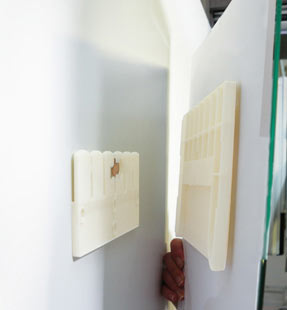 Since the sign is usually not firmly attached to the wall with this type of attachment, the signage could theoretically be changed by the visitor. You rule this out if you opt for theft-proof and tamper-proof systems. In a busy foyer, however, this precautionary measure is certainly superfluous.
Since the sign is usually not firmly attached to the wall with this type of attachment, the signage could theoretically be changed by the visitor. You rule this out if you opt for theft-proof and tamper-proof systems. In a busy foyer, however, this precautionary measure is certainly superfluous.
The advantage of reversible attachments is obvious. You don't need to pierce the shield and you can change your mind at any time.
The other option is for the sign to appear to "float" on the wall without any bracket whatsoever. Totally invisible systems rely on a mounting plate that you attach to the back of the sign and an associated element that you typically screw to the wall. If you don't want to damage the wall excessively, choose rails to attach ropes or strings to. Attach hooks to these that grip the mounting plate on the sign.

Reversible or permanent shield changes
A classic way of fastening is to drill holes in the sign, which are used to screw the sign to the wall. For a nice look , spacers with decorative caps , decorative caps that can be pressed on or rosettes cover the drill hole and the screw. The fact is that this type of assembly has a major impact on the overall design. The caps cover part of the shield, this must be taken into account when labeling and laying out. Also, the fasteners must match the style and color of the sign.This sign attachment is ideal if the sign has a white or monochrome background and the lettering takes up a small part in relation to the sign size anyway. Another thing to keep in mind is that the holes in the sign are permanent and you cannot later use the sign for another mounting option.
Alternating hanging systems, on the other hand, do not require drilling, they rely on fasteners located on the back of the sign. This type of mounting is called concealed wall mounting.
 Since the sign is usually not firmly attached to the wall with this type of attachment, the signage could theoretically be changed by the visitor. You rule this out if you opt for theft-proof and tamper-proof systems. In a busy foyer, however, this precautionary measure is certainly superfluous.
Since the sign is usually not firmly attached to the wall with this type of attachment, the signage could theoretically be changed by the visitor. You rule this out if you opt for theft-proof and tamper-proof systems. In a busy foyer, however, this precautionary measure is certainly superfluous.The advantage of reversible attachments is obvious. You don't need to pierce the shield and you can change your mind at any time.
Striking or invisible - how would you like it?
The choice is yours: the sign can be attached to a wall with clearly visible spacers or screws with decorative caps. The attachment thus becomes part of the appearance of the sign. With or without spacers, it is always a non-reversible type of attachment , which means you have to drill through the sign. However, you have a large selection of different decorative caps available to subsequently change the appearance of the shield as required.The other option is for the sign to appear to "float" on the wall without any bracket whatsoever. Totally invisible systems rely on a mounting plate that you attach to the back of the sign and an associated element that you typically screw to the wall. If you don't want to damage the wall excessively, choose rails to attach ropes or strings to. Attach hooks to these that grip the mounting plate on the sign.
